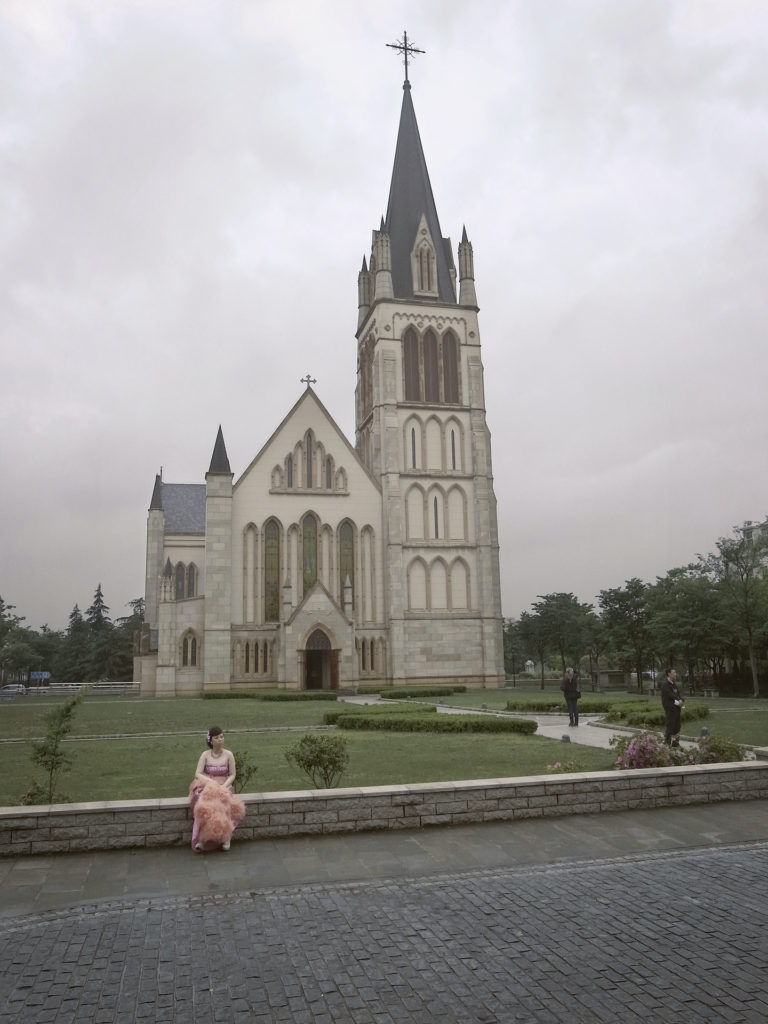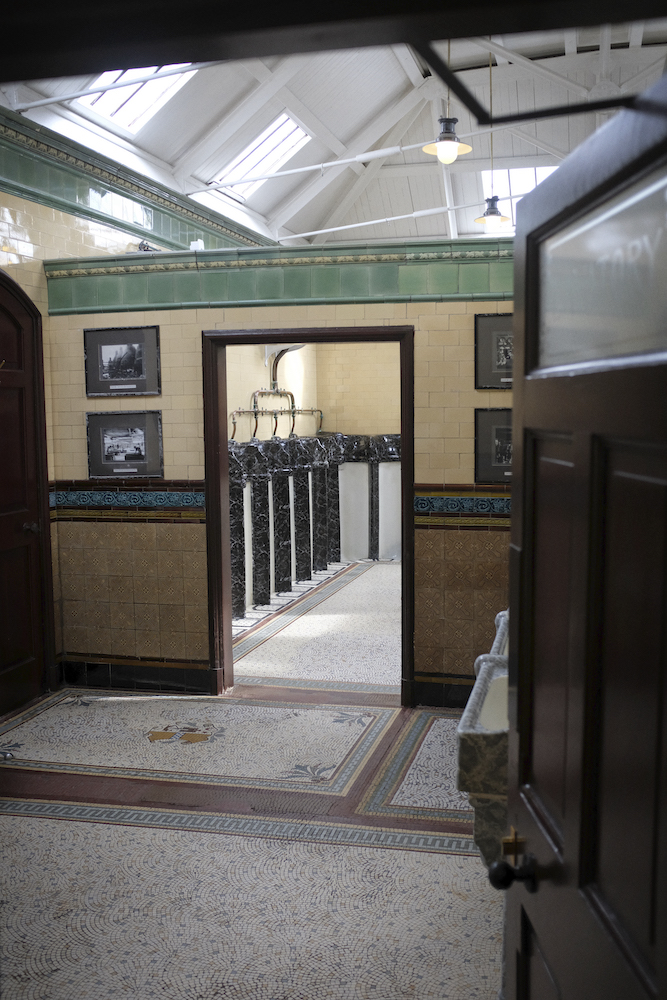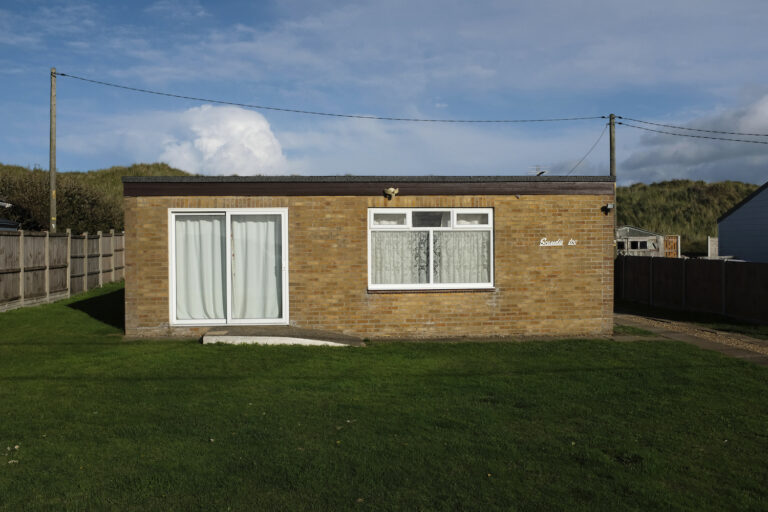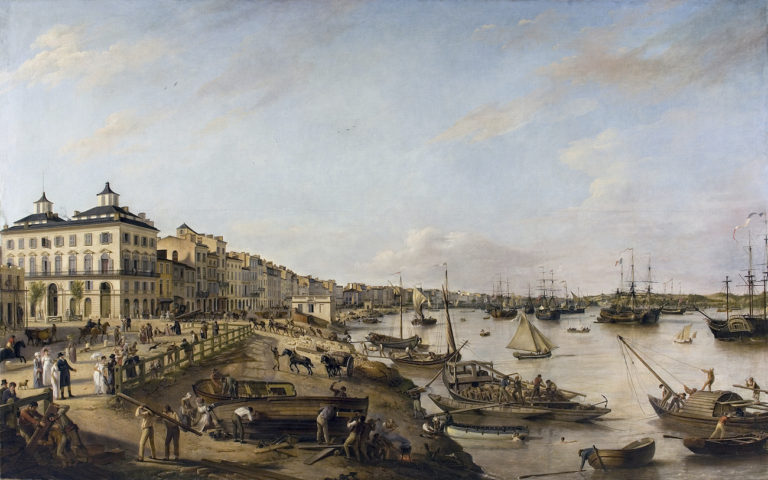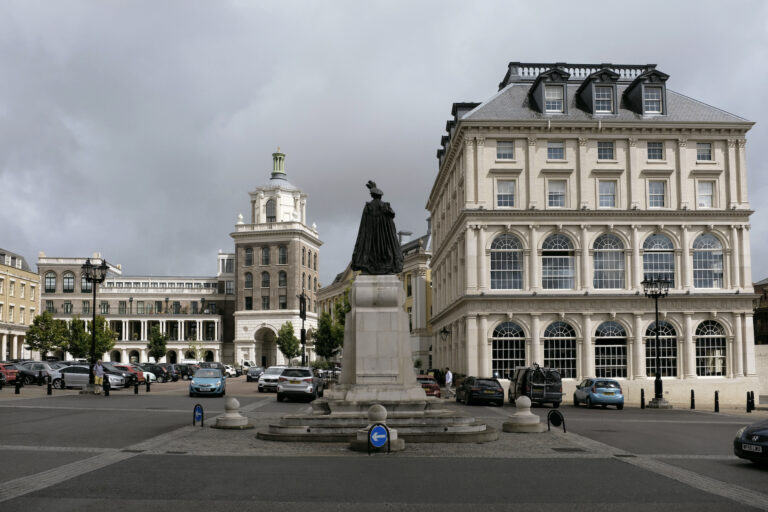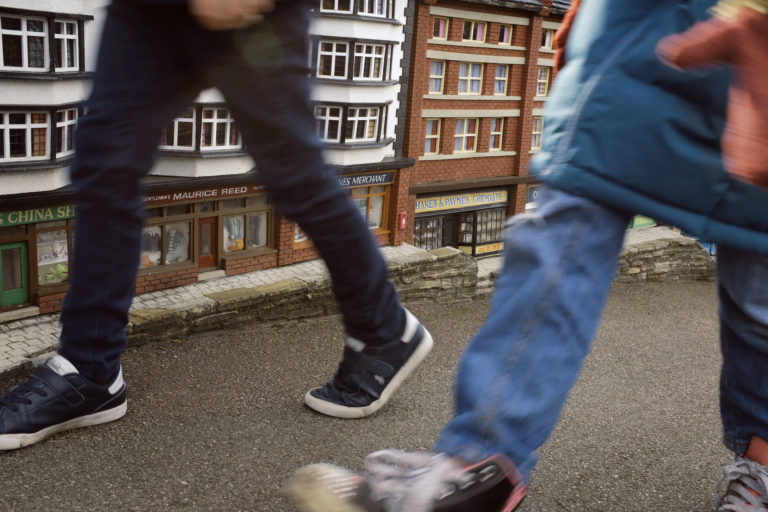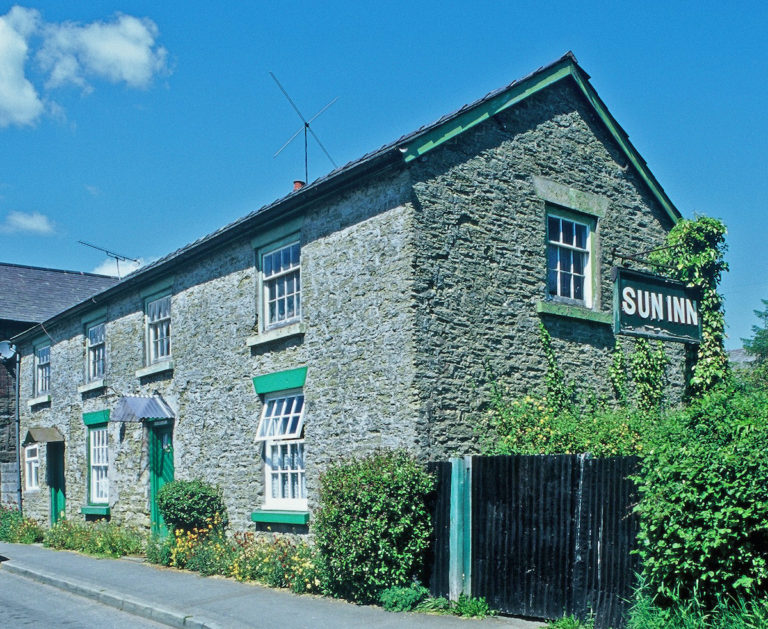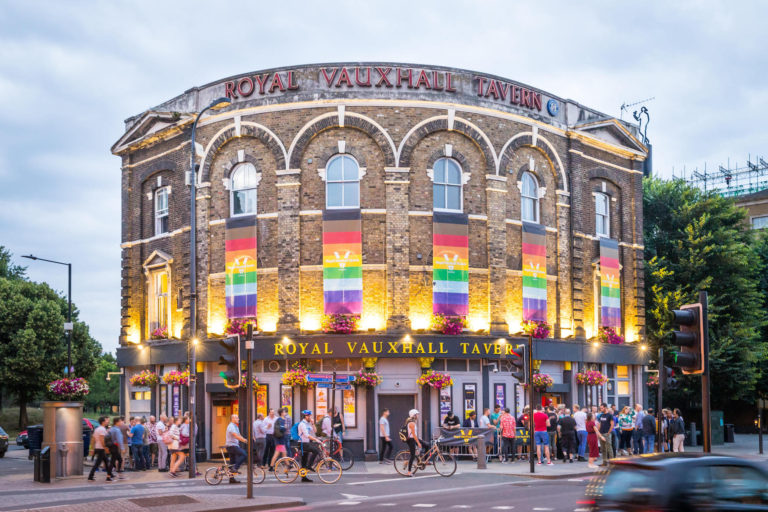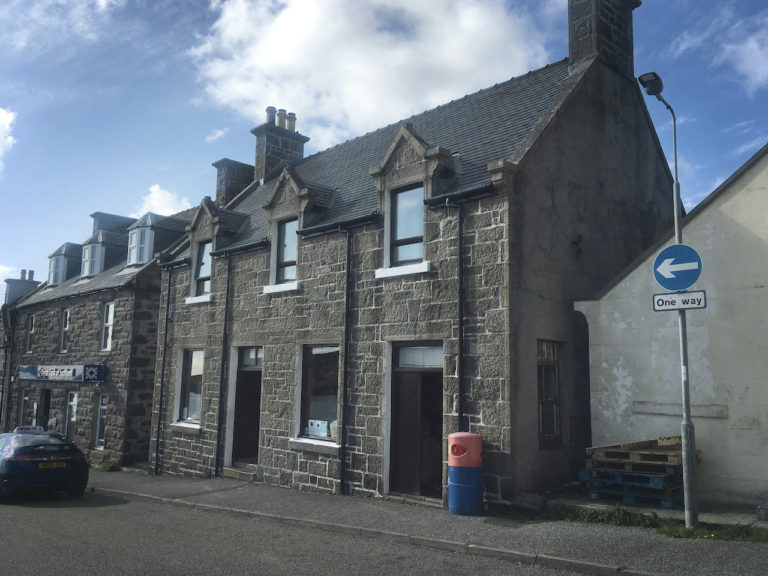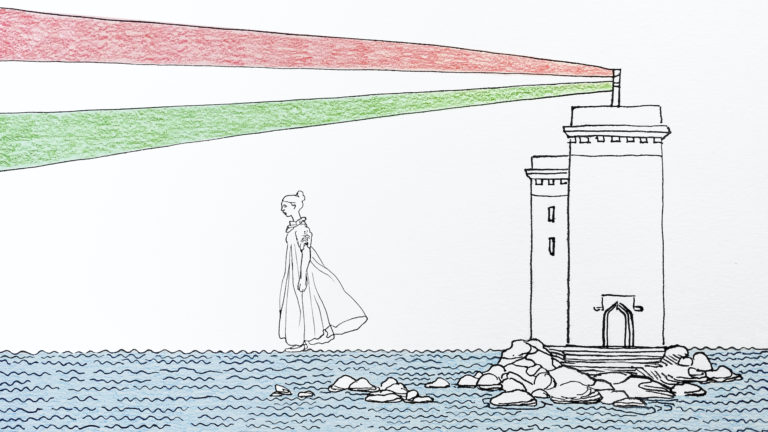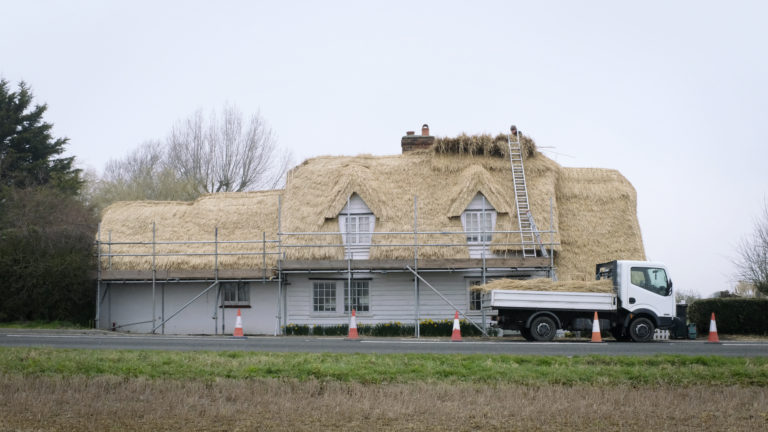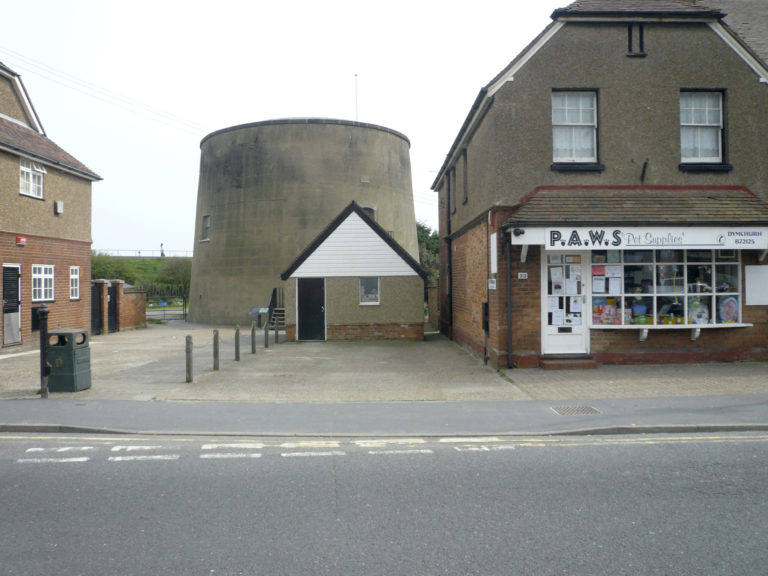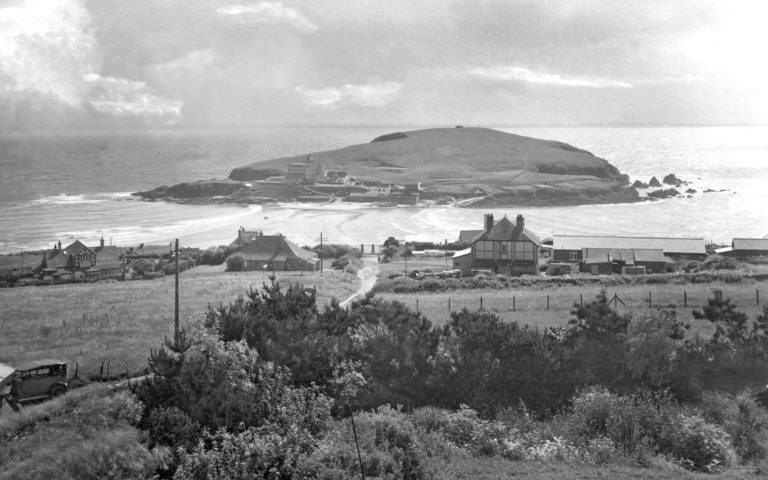THAMES TOWN I Sonjiang, Shanghai, China
Welcome to the Tunbridge Wells of China
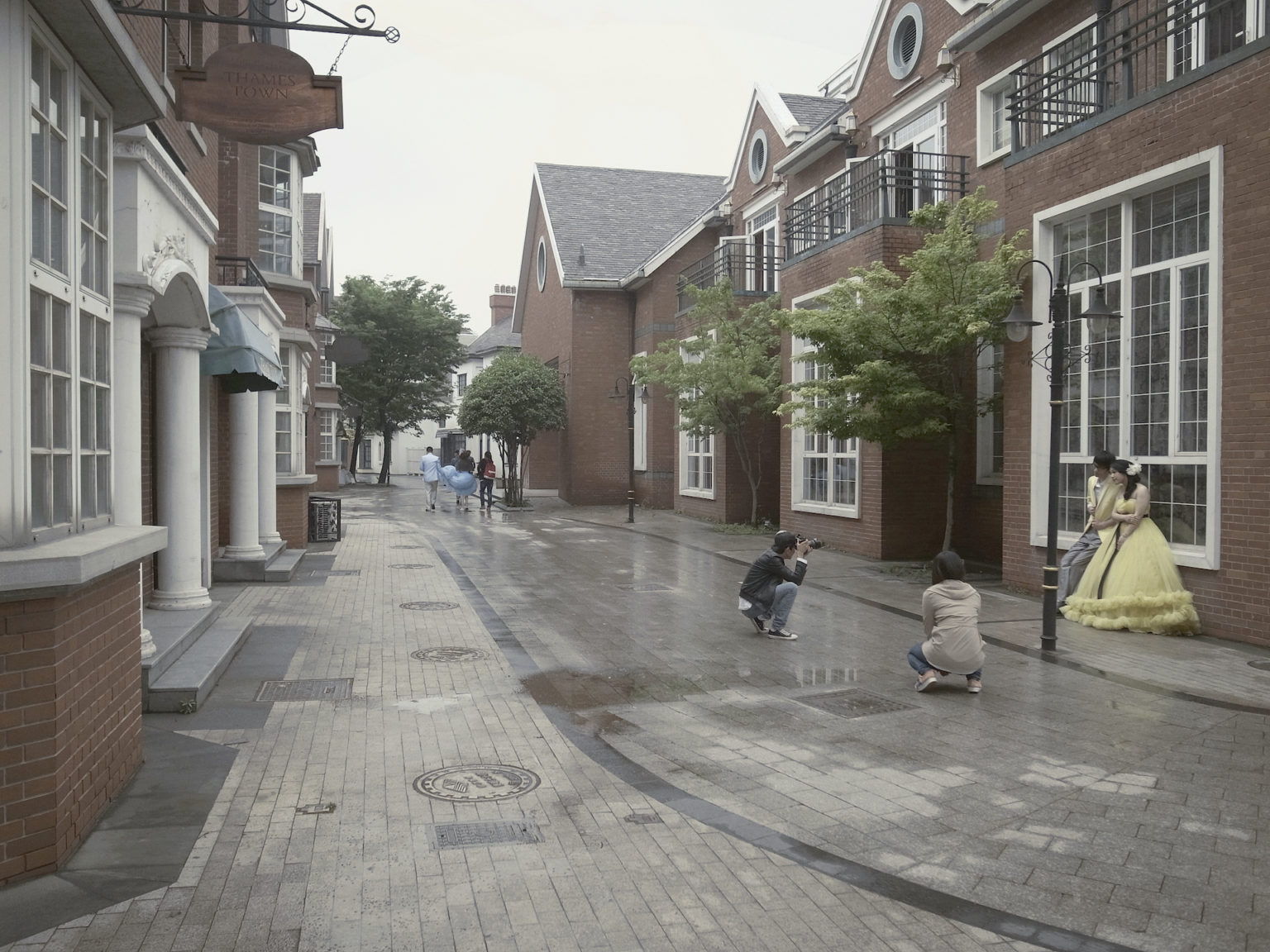
What do St. Mark’s Campanile in Venice, Reims Cathedral and The White House all have in common? They are all to some degree fakes. Las Vegas’ Eiffel Tower or Nashville’s Parthenon might be more obvious fakes but even Neoclassical architecture is, well, neo. With this in mind, Thames Town in China is a small ball of amazingness, as well as being an oddity. The original town plan was approved in 2001 as part of the 1 city, 9 towns initiative. The city is Thames Town but the 9 towns each have a different Western theme; Gaoqiao is cosily Dutch, Anting is stolidly post-war German and Luodian looks like a happy Danish market town. Shanghai has a history with this sort of trickery. Way back in the nineteenth century the Chinese Emperor gave ‘concessions’ to lots of Western countries to set up businesses in what was already a commercial hub. The city developed a unique form of multiculturalism. The Westerners built houses, schools and churches as they would have looked back home in London or Paris, later copying Chicago and New York. Viewed from this perspective the 1 town, 9 cities plan is part of a decades old cultural exchange.
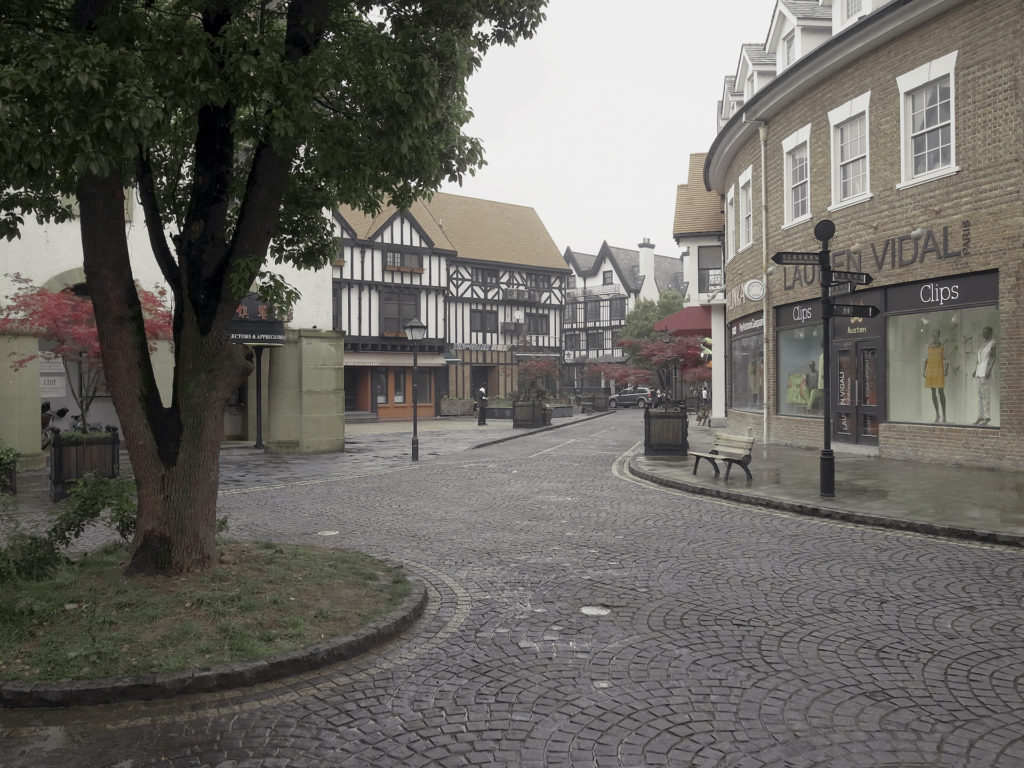
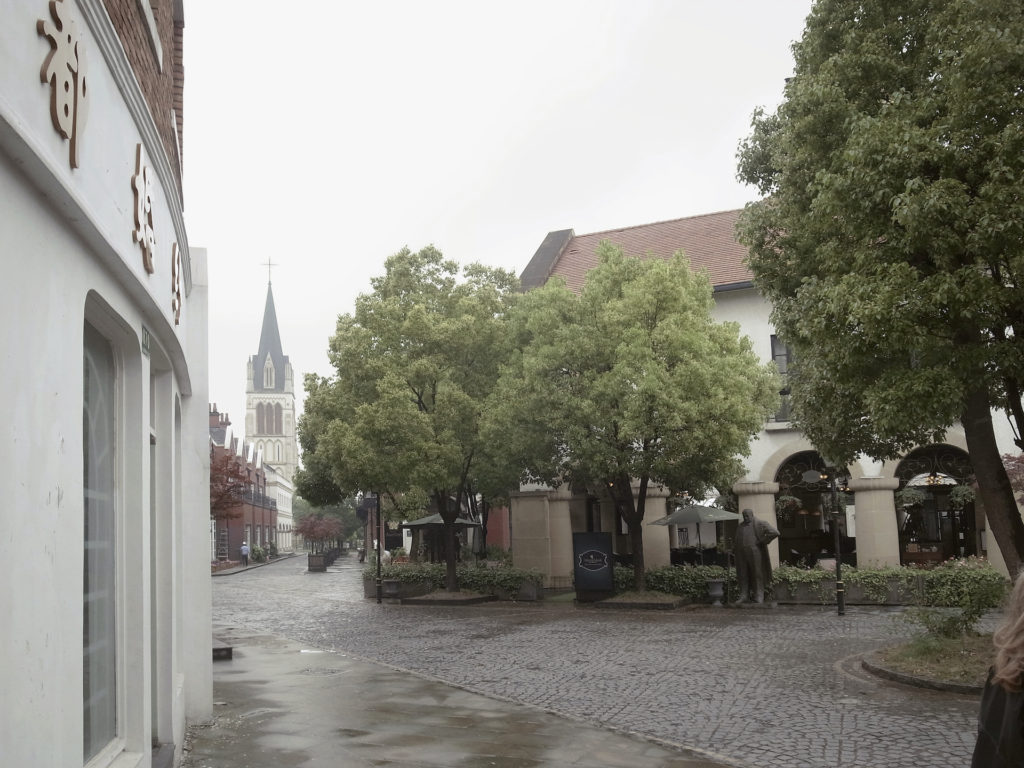
On The Coracle’s visit to Thames Town it was striking that these aren’t the grand old streets of Edinburgh or even of a beautiful Cotswolds village, it feels like walking through an English market town. Down to the smallest details. Some of the buildings have been directly copied from originals found in the UK; Bristol’s Christ Church and a classic fish n chip shop from Lyme Regis in Dorset. Atkin’s, the architects, have a grand old British history themselves even if they do now work in 150 different countries. There’s a homely nostalgia here that sometimes borders on the blandly cosy, it’s not the showy theatre of a theme park re-construction. Each town is designed by an architect from the respective country, this fakery is done properly : ) Travelling out of Shanghai on metro line 9, Thames Town sits at the edge of the rapidly expanding city. The Coracle’s visit was a few years back and not many restaurants were open so it was hard to confirm whether the food was spotted dick or xiaolongbao, the amazing Shanghainese soup dumplings. It felt like a nice place to live though, it’s low rise, low density and provides a peaceful contrast to the high energy thrills of Shanghai itself. Especially if you like Tunbridge Wells. The town was partly built to provide accommodation for Songjiang university but also to attract the commuting set. Although property sold quickly, many homes went to investors or second-homers and like Canary Wharf in its early days, the town felt like a bit of a shell. High house prices and lack of permanent residents have since made it feel a little deserted. There’s also the irony that a fair amount of London property has been bought by similarly absent Chinese owners or ones that choose to send their kids to London’s South Bank University rather than Songjiang University.
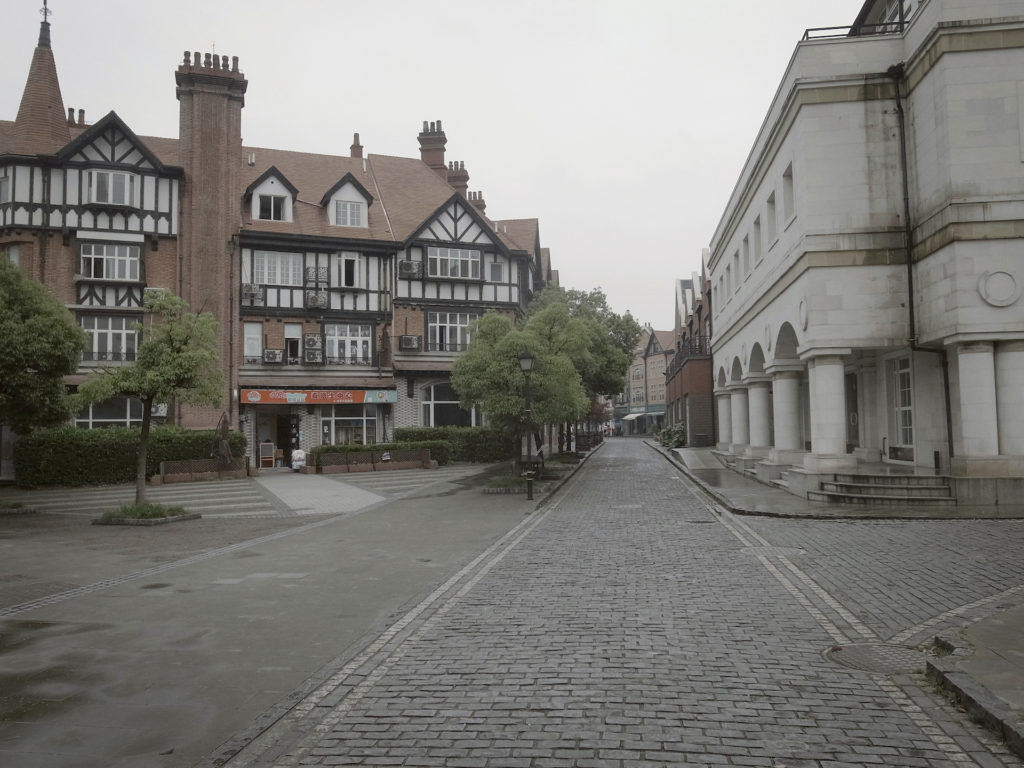
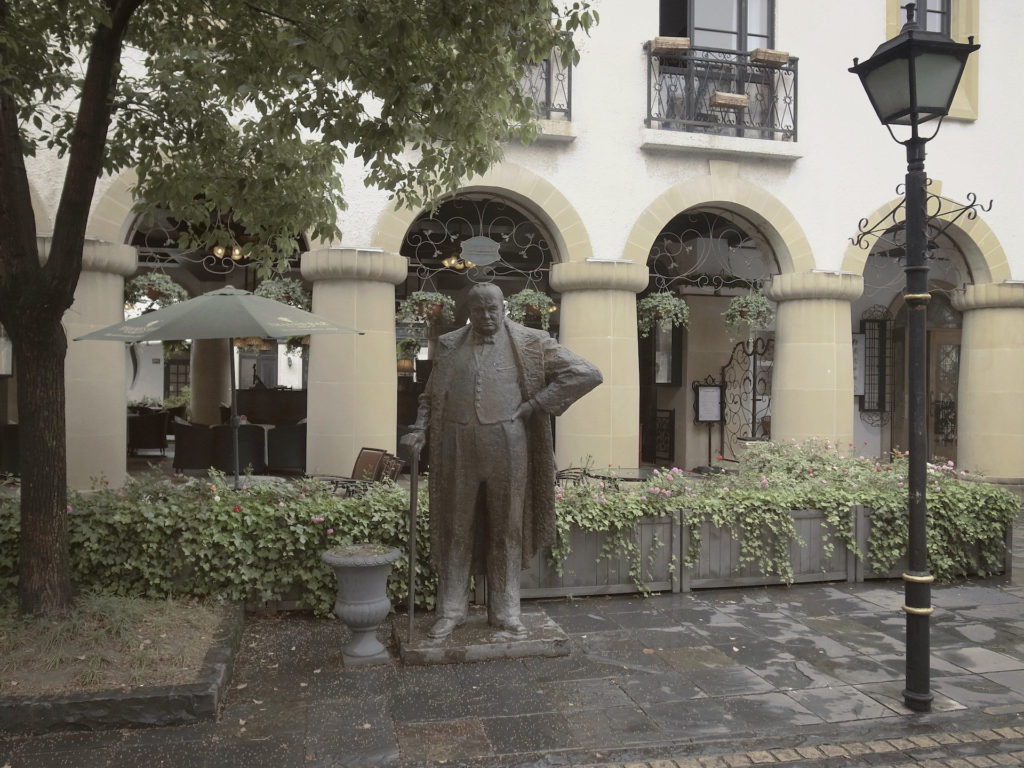
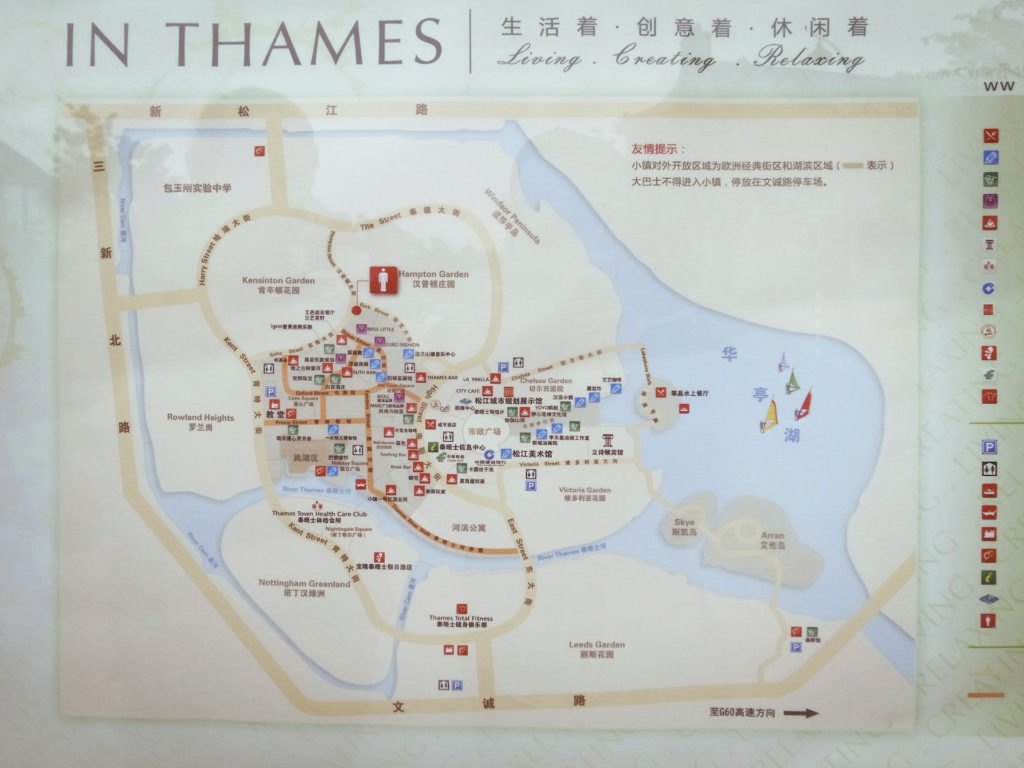
Despite the lack of permanent residents, you are never alone in Thames Town because you are surrounded by couples having their wedding photos taken. These are actually pre-wedding photos. With no tradition of the big bridal reveal, Chinese couples put a lot of emphasis on these carefully constructed images, using hair and makeup artists, lighting assistants etc. The UK is popular for Chinese wedding photos but it’s a much longer journey. As one London based Chinese wedding photographer has said ‘It isn’t cool to get your photo taken in your home country anymore….social status is very important to my clients. They want to prove they’ve got the money to go do it in a big foreign city.’ Thames Town unexpectedly provides a hugely popular and cheaper alternative and adds some Tunbridge Wells glamour. In the wise words of John Darlington; ‘As with fake news, when approaching fake heritage, curiosity is often the best defence.’
Fake heritage by John Darlington here
Further reading could be The History of Future Cities here
